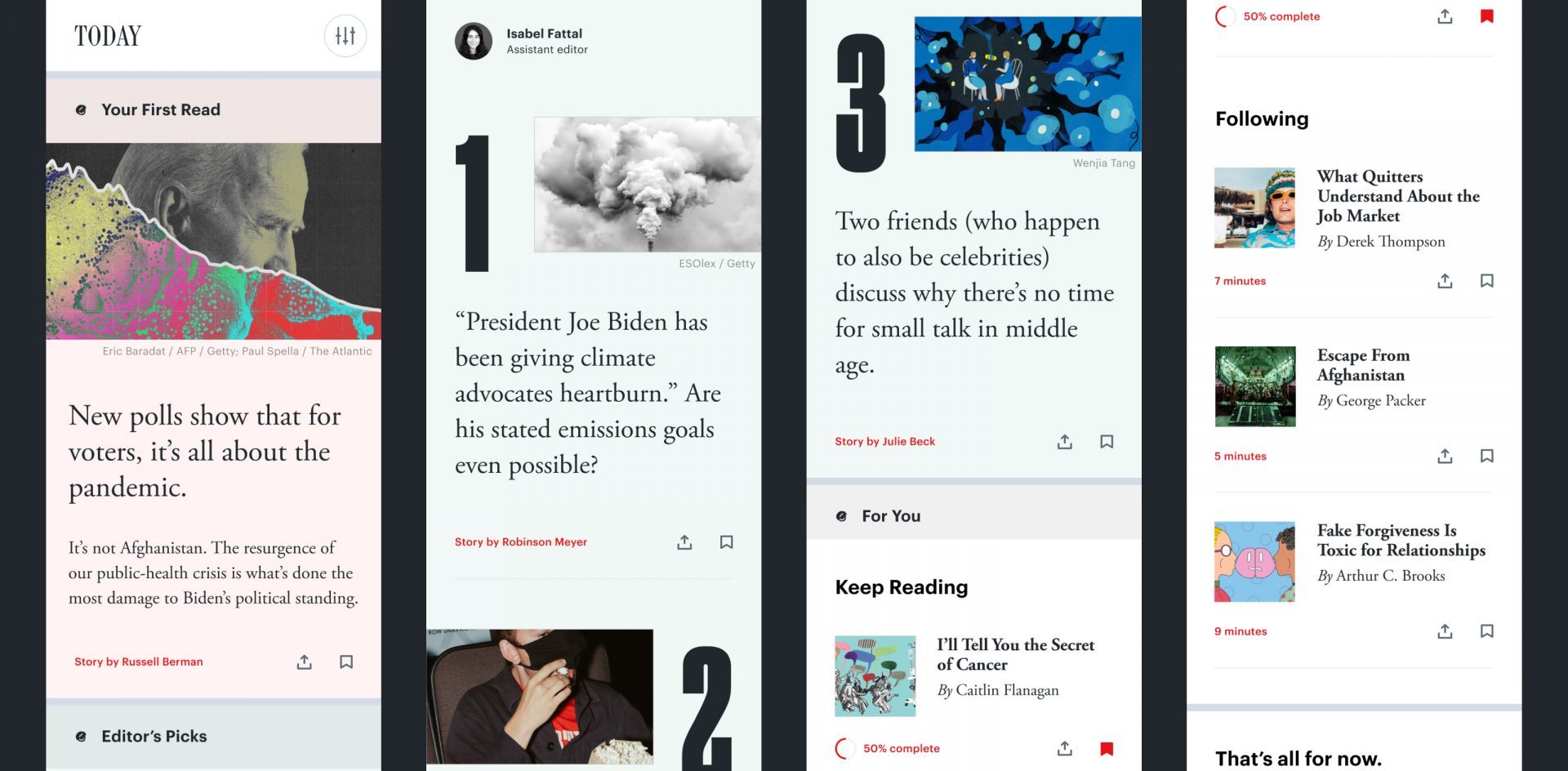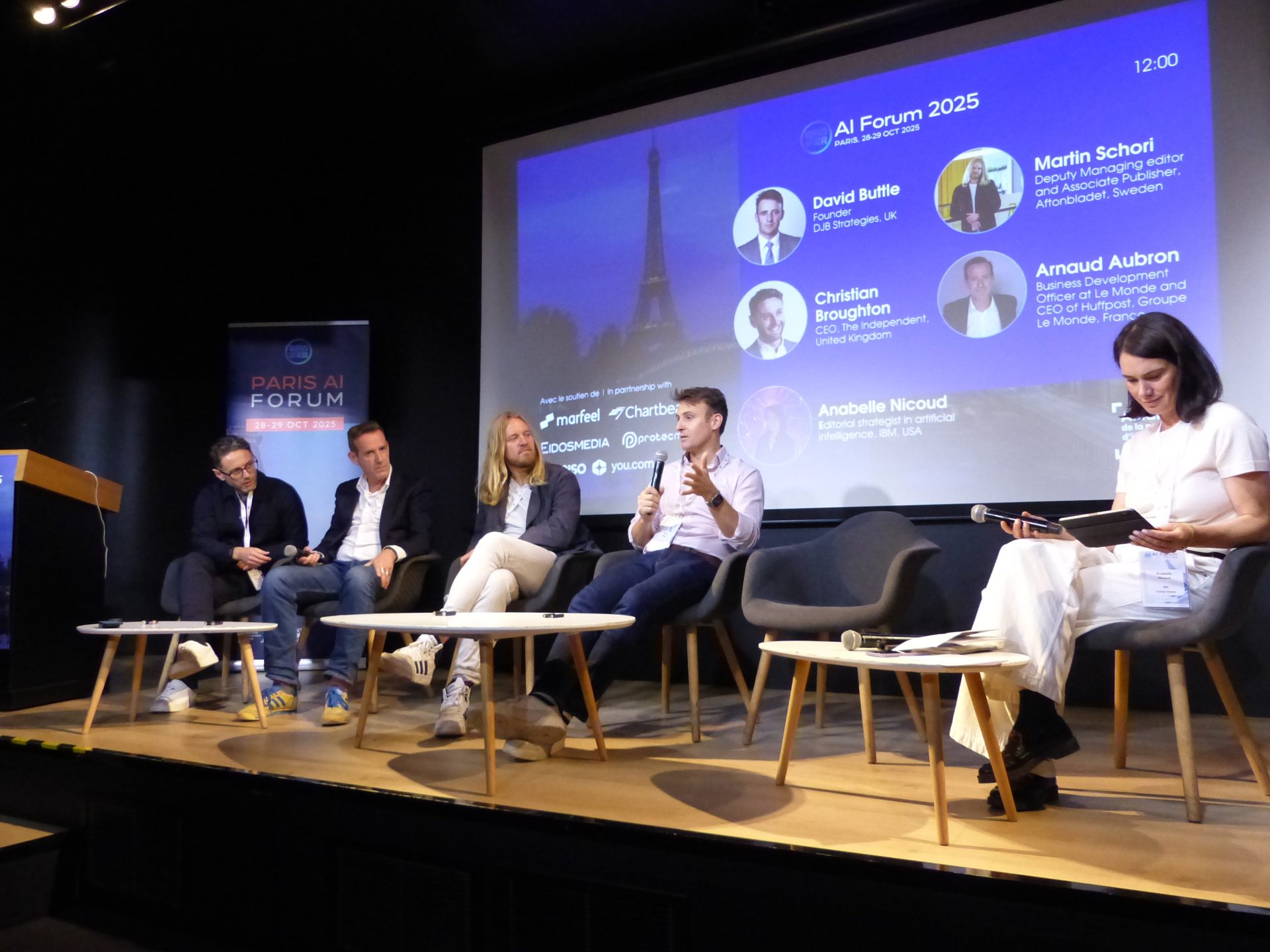
Newsletter
Newsletter
We cover how publishers are using user research, data and experimentation to deliver the right level of personalisation.
26th July 2024

In our recently released State of Mobile Publishing Report, we asked publishing leaders and executives about their innovation priorities. As with our last report, personalisation topped the list.
Publishers want to create apps with more features and richer content. “I would envision our organisation moving to a more comprehensive app with personalisation for users and a wider range of available resources and interactivity,” one publishing leader told us.
Personalisation can not just improve user experience it can also drive five to eight times higher ROI on marketing efforts and improve conversion by 10%, according to the Harvard Business Review.
Publishers have already used personalisation to increase engagement, delivering improved content and commercial results. Business Insider grew revenue by 30% during 2020 despite the challenges of that year through data-driven personalisation. Through personalisation and recommendations, they saw a 60% increase in clickthrough rates on their website and 150% in ad CTRs in newsletters.
We’ll look at the processes publishers are using to test and deploy personalisation to reap the benefits.
Personalisation is about serving your audiences better by surfacing relevant content and features to audiences based on their interests and activities. However, its implementation should take your audience into account and will be different for a news publisher versus a consumer magazine.
The Atlantic magazine in the US began its subscription transformation in 2019, and it recently celebrated achieving two important goals. It is profitable and reached that key milestone by attracting 1m subscribers.
The audience research team conducts small-scale user interviews with low single-digit groups and surveys with four-figure samples.
For a year beginning in 2021, they carried out research to find the right balance of curation, customisation and personalisation. As a magazine known for its thoughtful journalism and commentary, they had identified sometimes conflicting audience needs. Their audiences wanted the magazine and its journalists to give them “deeper clarity and context” but also to help them “discover new ideas” and challenge their assumptions. And audiences also liked to follow their favourite writers but also be introduced to “writers at the top of their craft”. Readers wanted familiarity but also novelty. Customisation and personalisation are usually seen as giving readers more of what they want and engage with. Atlantic readers also wanted to discover new content and ideas, including ones that challenged them.
In describing the research, Victoria Sgarro highlighted the questions they developed during a brainstorming session with editors, product managers and designers. I’m listing out all of the questions they asked, verbatim, because they are not only good, but they will be instantly familiar to teams wrestling with these issues:
Mollie Leavitt, who worked as an audience researcher on the project identified three preferences: curation, customisation and personalisation.
Interestingly in their research, none of the participants wanted a fully personalised service, but four out of the 10 wanted some level of personalisation with a mix of curation and customisation. When The Atlantic carried out their research, their home screen was fully curated. Based on their user research, they proposed adding a new card to their home screen that highlighted stories users had saved and how much was left of the story and a new customised “For You” module.
They recommended adding customisation options to the in-app onboarding screens allowing users to choose sections and authors to follow. Another proposed feature allowed readers to save stories as well as the place in the story so that they could pick up where they left off across devices. It’s a useful feature for the long-form journalism that The Atlantic features.
This work and future developments are focused on building reader habits by “making our products more relevant with use and over time,” Victoria said.
This mix of curation and personalisation is common amongst publishers. By having a dedicated tab for personalisation and discovery while maintaining editorially curated sections on homepages and app homescreens, the approach provides the balance that users say they want.
Jodie Hopperton with INMA highlights this as one of two ways publishers start their journey in providing personalised content, what she frames as the cautious approach. The homepage or homescreen isn’t the only place for a personalised module. NZZ used similar concepts to design their related content or read next modules. They kept the top three articles in the module editorially curated, while they redesigned and personalised two sections below that. The changes resulted in an average CTR improvement of 40% and an average completion ratio uplift of 63%.
She believes that adding personalisation to the homepage is the “headstrong approach” because so many stakeholders have an opinion about this valuable piece of digital real estate. But, as with The Atlantic, you don’t need to nor would you want to turn your entire homepage over to personalisation. Mediahuis Netherlands tested a personalised module on their homepage to gather data and test hypotheses.
Schibsted’s Aftenposten in Norway has a much more sophisticated mix of curated and personalised content. For the personalised slots, an algorithm takes into account data points that include user-level behavioural data, clicks and “time decay” (publishing time + news value + lifetime).
By automating the homepage feed and removing articles a user has already read, they saw an 8-10% CTR improvement. They also developed a “conversion maximising ranker” which increased subscription conversion by 20%.
Personalisation has value to audiences and publishers. By leveraging user research, analytics and testing, you can find the right approach for your audience that delivers great relevance for your audience and greater revenue for your business.
Here are some of the most important headlines about the business of news and publishing as well as strategies and tactics in product management, analytics and audience engagement.

Newsletter

Newsletter

Newsletter

Newsletter

Newsletter